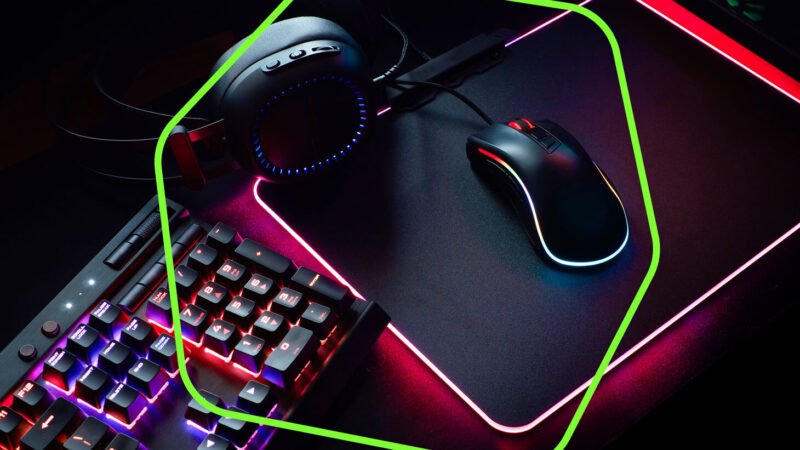‘Kid Power’: Study shows how kids influence household purchasing decisions
 Viacom International Media Networks (VIMN) announced a new global study “Kid Power”, at the Nickelodeon Upfront in the Philippines today. The research explores kids around the world and the powerful influence they exert within their households, and further delves into how Filipino kids differ from the rest of the world. Spanning 30 countries, 4,900 kids aged six to 11, and 4,100 of their parents, the study shows the dynamics between kids and parents around brand choices and decision making.
Viacom International Media Networks (VIMN) announced a new global study “Kid Power”, at the Nickelodeon Upfront in the Philippines today. The research explores kids around the world and the powerful influence they exert within their households, and further delves into how Filipino kids differ from the rest of the world. Spanning 30 countries, 4,900 kids aged six to 11, and 4,100 of their parents, the study shows the dynamics between kids and parents around brand choices and decision making.
Christian Kurz, Senior Vice President of Global Consumer Insights at Viacom, said, “There is a different undercurrent in families today and the changing relationship means that parents and kids are now working as teams. Subsequently, this translates to how kids exert surprising influence when it comes to brand choices and decision-making in a home, and our research shows the depth of this influence.”
Kid Power revealed the following insights:
Today, everyone pitches in to keep family households running – including kids! Nearly seven in 10 parents globally say their kids help at home, and this figure is higher in the Philippines where 80% of kids help out at home. According to Pinoy parents, kids’ most common tasks are cooking/shopping/cleaning (53%) and childcare (44%).
Extended family ties matter – help also comes from outside the home. A feature of family households in 2017 is how much help flows into and out of the household. For many, help comes from family members who do not live with them (55% Global, 65% PH). And kids play a key role in these households – they are doing their bit at home, are the beneficiaries of help with childcare from grandparents, but they’re also helping relatives outside of their home! More than half (56%) of Filipino kids render help to family members outside the home, a 26% increase from the global average. Strong help in the Pinoy household may also be due to how the family unit tends to be multi-generational, with 41 percent living in the same house as grandparents (13% Global).
Kids around the world increasingly describe themselves as curious. Kids are changing too. They are more likely to describe themselves as “curious” (89% Global, 92% PH). They have more access to information from online, from friends, from TV—all which provides them with more knowledge.
In addition, their access to internet-enabled technology feeds their curiosity and they have with more devices at their disposal for playing games, communication and finding out information. The percentage of kids 9-11 (Global vs PH) who personally own or regularly use these devices:
- Smartphone: 72% vs 88%
- Tablet: 72% vs 84%
- Smart TV: 50% vs 42%
Most kids are involved in household purchases – and their leverage increases at age 10. Globally, about three-quarters of kids and parents agree that kids have a role in buying things for the household (74% kids, 77% parents). This trend is also seen in the Philippines where kids and parents are in exact agreement (70%) that they play a vital role in the purchase decisions in the home. Starting at age 10, kids’ opinions hold more sway.
Both genders have similar powers of persuasion in the Philippines. Parents take boys’ and girls’ preferences into account across many areas: clothing/shoe purchases (84% boys, 90% girls), music to play (74% boys, 78% girls), tablet purchases (55% boys, 62% girls), and new cars (27% boys, 20% girls).
Kids with the most influence: single children, two full-time working parents, in urban areas. The power of kids fitting these descriptions will likely increase because global trends are on their side: families are getting smaller, dual-earner couples are on the rise, and the experience of childhood is increasingly urban.
Categories that kids influence the most: entertainment, groceries, restaurants, electronics. Virtually all kids play a role in decision-making processes at home (98% Global, 97% PH) and parents greatly value their children’s opinions. The largest percentages of kids say they influence decisions around entertainment (97% Global and PH), food/groceries (94% Global, 97% PH), restaurants (84% Global, 89% PH), electronics (82% Global, 85% PH), vacation (76% Global, 72% PH), and telecom/pay TV/SVOD (52% Global, 58% PH).
In the Philippines, the specific areas where their input is most powerful are toys (96%), movies at home (93%), snacks (92%), clothes (87%), watching television shows together (85%), and going to fast food or self-service restaurants together (84%).
However, one thing hasn’t changed and that ultimately, the parent is still the boss, anywhere in the world! No matter how much influence kids have, they acknowledge that the parent is the boss of their household (72% Global, 63% PH); and parents of kids (76% Global, 62% PH) say that they or their partner is the boss of their household.
What brands should know about the sum total of the power of kids. With family households becoming more closely connected to each other, and kids participating in decisions, there are new opportunities for brands to engage everyone in the household. Brands should recognise that families are democracies, not dictatorships and that households function with the support of everyone.



